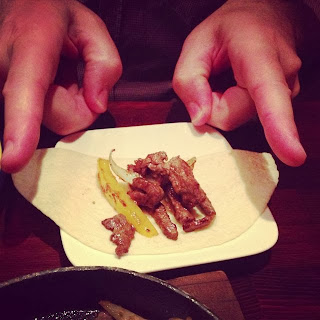In Japan, you always take off your shoes when entering a house. This is a habit we got into quickly, it is especially helpful when living with small children. (They really can dirty up a place fast). Most apartments are equipped with large shoe closets upon entering that store many pairs of shoes.
It keeps houses cleaner and it helps prevent damage to the tatami flooring in tatami rooms.
There are other places that you may also have to remove your shoes including certain restaurant seating and the dentist's office. The most surprising to me was the dressing rooms at department stores. You leave your shoes outside the changing room when you try things on.
In most schools, students have indoor and outdoor shoes. At our school, this rule holds true for the elementary school. The middle and high schoolers (and teachers) don't have to change their shoes, even thought they share a lot of the same spaces, I guess they are less prone to have dirty shoes.
It is always intriguing to me how people deftly slip in and out of their shoes - their socked feet don't touch the entry way and slip easily into house slippers. This takes practice. Shoes are neatly slipped off and usually left facing towards the door, so one can slip them back on and continue out the door when exiting. I truly find this an art, one that I am often fumbling around as I pick up kids and have bags slung around my shoulders. At a very young age, kids independently take off their shoes as soon as they enter a house.
Last week, I went on a middle school trip and students had to bring four pairs of shoes - water shoes, indoor shoes/slippers, indoor sneakers and outdoor sneakers. It was serious business.
Continuing on with this shoe business, you never put your feet up on things. Even kids are expected to keep their feet off the seats of the train and in other public places.
 |
| Even with 55 kids, they all take off their shoes before entering the tatami room. |































